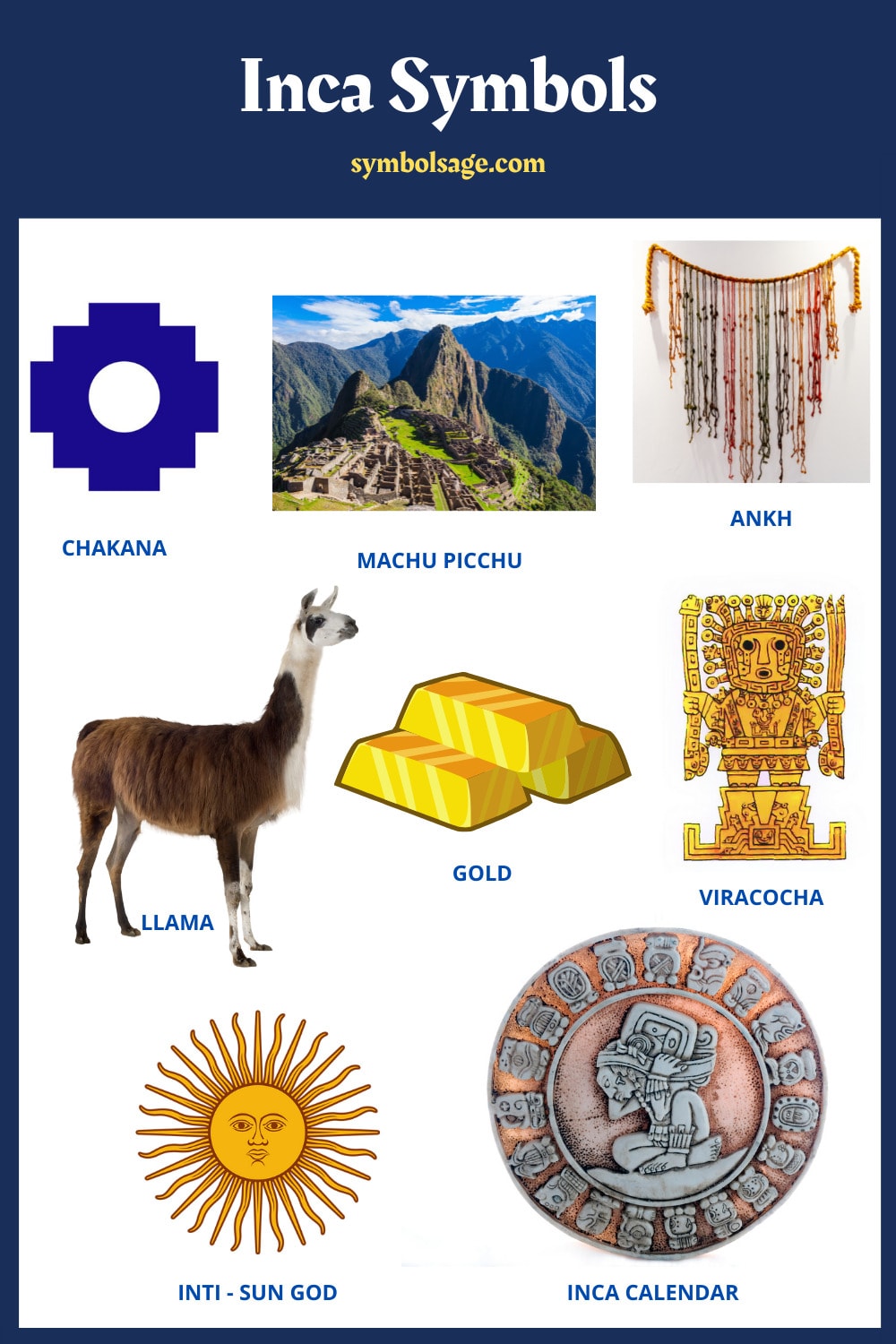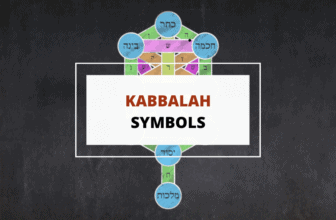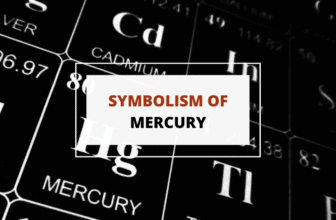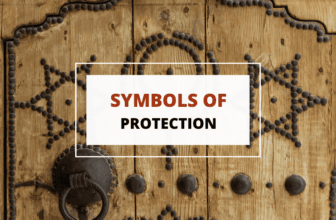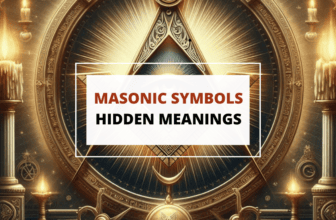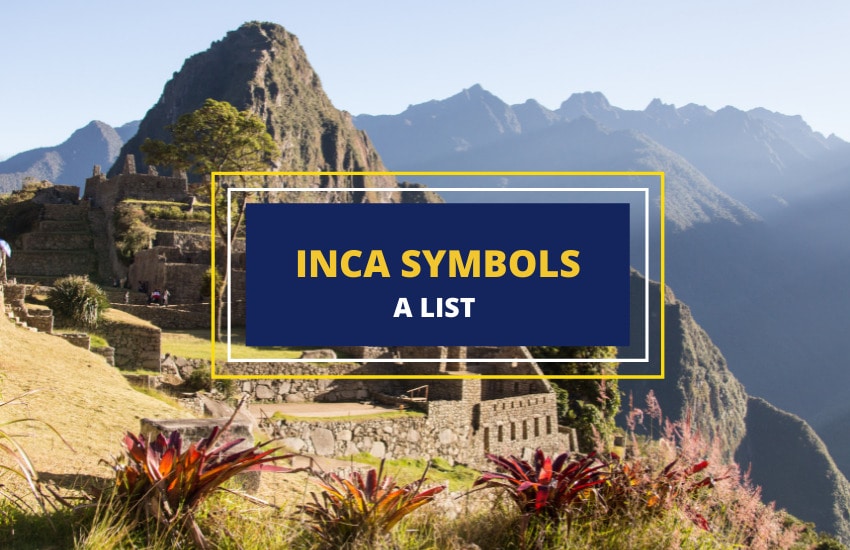
Table of Contents
The Inca Empire was once the largest and most powerful empire in South America until it was eventually conquered by the Spanish colonizing forces.
The Inca had no system of writing, but they left cultural and spiritual symbols that serve as their recorded history. This article outlines Inca symbols and their meaning.
1. Chakana
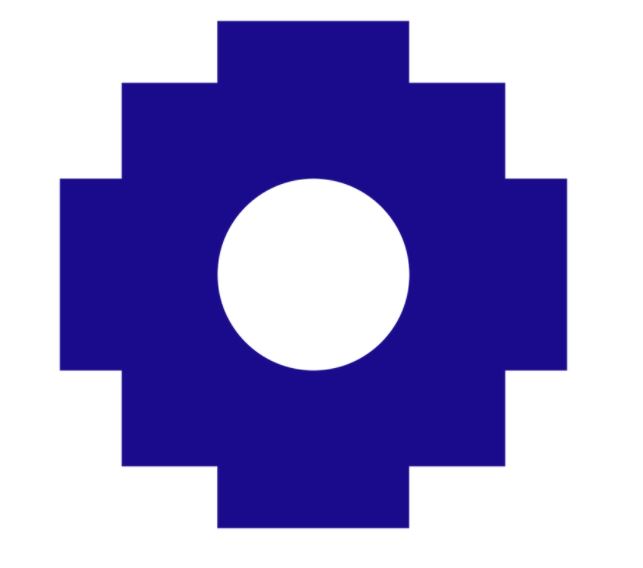
Also known as the Inca cross, the chakana is a stepped cross, with a cross superimposed on it, and an opening at the center. The term chakana is from the Quechua language, meaning ladder, representing the levels of existence and consciousness.
The central hole symbolizes the role of the spiritual leader of the Inca, who had the ability to travel between the levels of existence. It’s also associated with the past, present, and future.
The Incas believed in three realms of existence—the physical world (Kay Pacha), the underworld (Ucu Pacha), and the home of the gods (Hanan Pacha).
- The Kay Pacha was associated with the mountain lion or the puma, the animal often used to represent the Inca Empire and humanity in general. It’s also said to represent the present, where the world is experienced at the moment.
- The Ucu Pacha was the home of the dead. It represented the past and was symbolized by a snake.
- The Hanan Pacha was associated with the condor, a bird who served as the messenger between the physical and cosmic realms. It’s also thought to be the home of all other celestial bodies like the sun, moon, and stars. For the Incas, Hanan Pacha represented the future and the spiritual level of existence.
2. Quipu
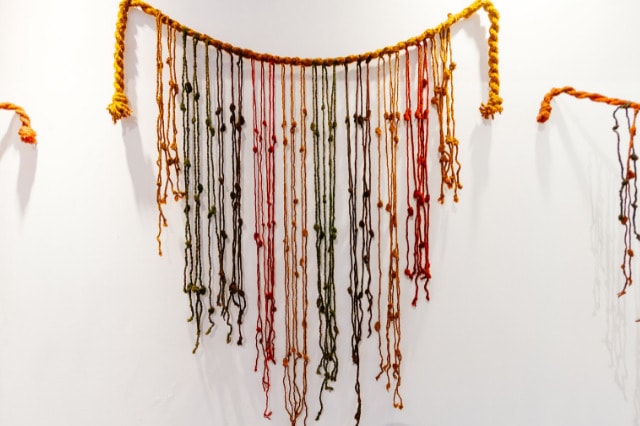
Without a written language, the Inca created a system of knotted cords called quipu. It’s believed that the position and the type of knots represented a decimal counting system, with the distance between the knots standing for the multiples of 10, 100, or 1000.
The khipumayuq was a person who could tie and read the cords. During the Inca Empire, the quipu recorded histories, biographies, and economic, and census data. Many of these woven messages remain a mystery today, with historians attempting to decode their tales.
3. Inca Calendar
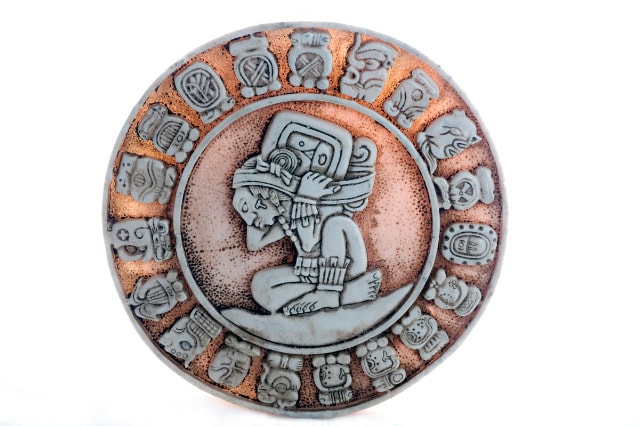
The Inca adopted two different calendars. The solar calendar, which consisted of 365 days, was used for planning the farming year, while the lunar calendar was. It consisted of 328 days, correlated with religious activities.
The Inca used four towers at Cuzco to monitor the position of the sun. It marked the beginning of each month of the solar calendar, while the lunar calendar was based on the phases of the moon.
The lunar calendar had to be regularly adjusted since the lunar year was shorter than the solar year.
The first month was in December and was known as Capaq Raymi. For the Incas, the month of Camay (January) was a time for fasting and penitence. Jatunpucuy (February) was a time for sacrifices, particularly with the offering of gold and silver to gods.
Pachapucuy (March), a particularly wet month, was a time for animal sacrifices. Arihuaquis (April) was when potatoes and maize reached maturity, and Jatuncusqui (May) was the harvest month.
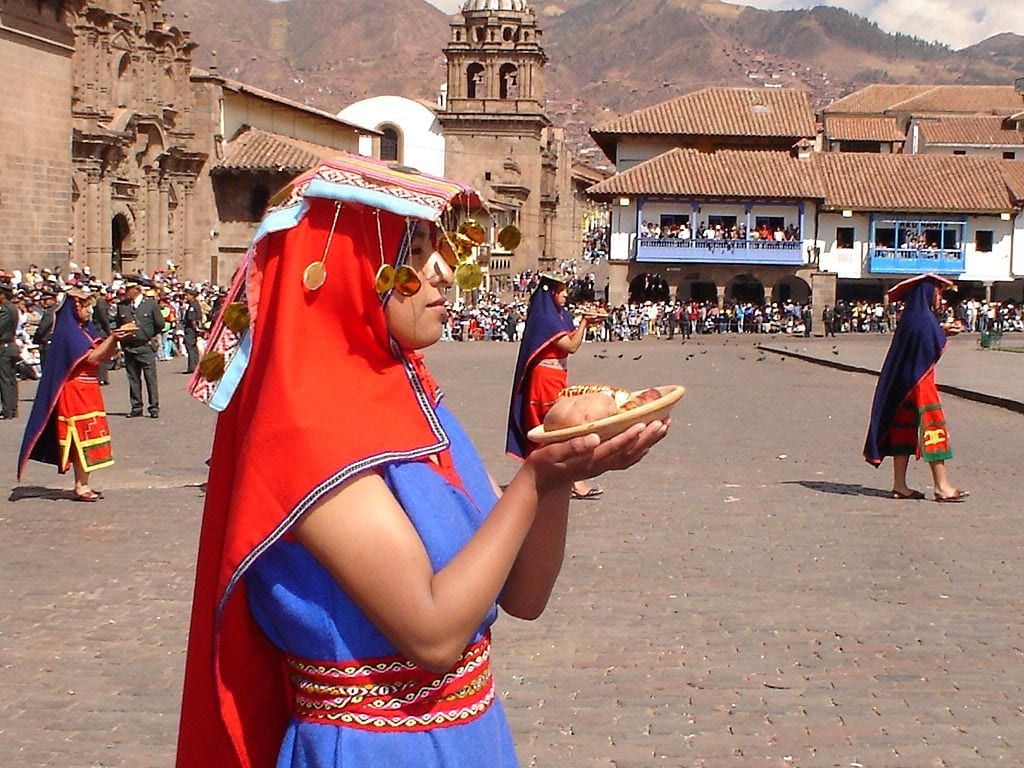
Coinciding with the winter solstice, Aucaycusqui (June) was when they celebrated the Inti Raymi festival to honor the sun god Inti. By the month of Chaguahuarquis (July), the land was prepared for planting, and the crops were planted by Yapaquis (August).
Coyarraimi (September) was the time for expelling evil spirits and diseases, along with the feast for honoring the coya or queen. Invocations for rainfall were usually done during Humarraimi (October) and Ayamarca (November) was the time to worship the dead.
4. Machu Picchu
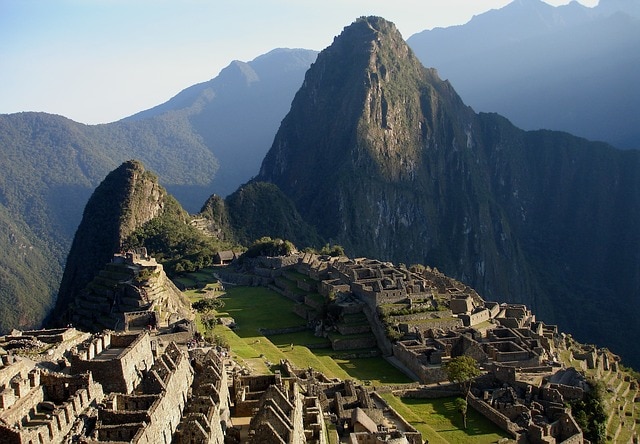
One of the world’s most mysterious historical sites, Machu Picchu is the most recognized symbol of the Inca civilization. It was the creation of Pachacuti, a protean ruler, who radically changed the Inca government, religion, colonialism, and architecture.
Machu Picchu was discovered almost by accident in 1911, yet its true purpose has never been revealed.
Some scholars speculate that Machu Picchu was built for the Virgins of the Sun, women who lived in temple convents to serve the Inca sun god Inti.
Others say that it was built to honor a sacred landscape, as it’s at a peak surrounded by the Urubamba River, considered sacred by the Inca. In the 1980s, the royal estate theory was proposed, suggesting that it was a place for Pachacuti and his royal court to relax.
5. Llama
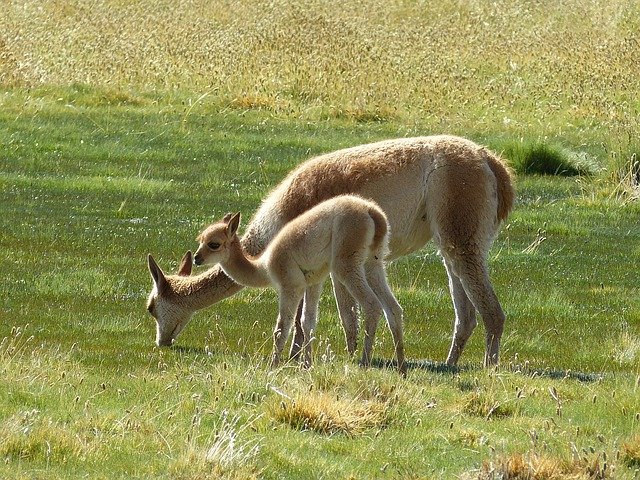
Llamas are a common sight throughout Peru and have become a symbol of Inca society, representing generosity and abundance.
They were invaluable to the Incas, providing meat for food, wool for clothing, and fertilizer for crops. They were also considered a healing animals, a concept still embraced by Peruvian groups today.
While these animals were sacrificed to the gods, llama figurines were used as offerings to mountain deities, usually accompanying a human sacrifice.
To ask the gods for rain, the Inca starved black llamas to make them weep. Today, they have become a common symbol in textiles, and their eyes are represented by small white and yellow circles throughout the pattern.
6. Gold
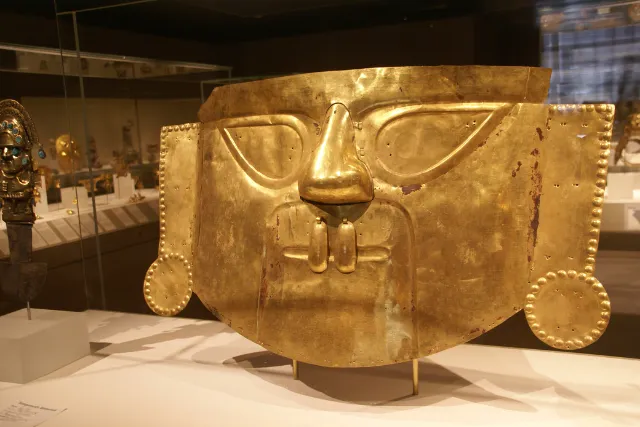
The Inca believed that gold was the symbol of the sun’s regenerative powers, and the sweat of the sun god Inti. Thus, gold was held in high regard and was used for statues, sun disks, masks, offerings, and other objects of religious significance.
Only the priests and nobility used gold—women fastened their garments with large gold pins, while men framed their faces with gold earplugs. They believed that their emperors still remained even after death, and gold symbols were buried in their tombs.
7. Inti
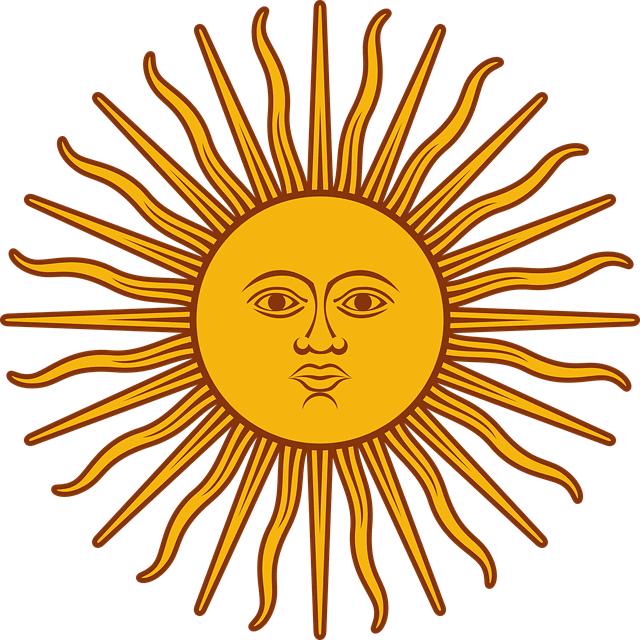
The Inca sun god, Inti was depicted as a face on a gold disk surrounded by sun rays. He was worshipped in the Temple of the Sun and served by priests and the Virgins of the Sun.
The Incas believed that they were the children of the sun, and their rulers were thought to be the living representative of Inti.
When represented in Inca art, the sun god was always made of gold, usually a sun disk, a gold mask, or a gold statue. His most famous mask was displayed in the Coricancha temple at Cuzco.
8. Viracocha
The Inca creator god, Viracocha was worshipped from 400 CE to 1500 CE. He was thought to be the source of all divine power but was not concerned with the administration of the world.
His statue in Cuzco, which was made of gold, depicted him as a bearded man in a long tunic. At Tiwanaku, Bolivia, he’s represented in a monolith carrying two staff.
9. Mama Quilla
The consort of the sun god Inti, Mama Quilla was the Inca moon goddess. She was the patron of calendars and feasts, as she was thought to be responsible for the passage of time and the seasons.
The Incas saw the moon as a great silver disk, and its markings were the features of her face. Her shrine at Coricancha was even covered in silver to represent the moon in the night sky.
Wrapping Up
The Inca civilization dissolved upon the arrival of Spain’s conquistadors. Their spiritual and cultural symbols reveal a lot about their history.
The Inca calendar, the quipu, Machu Picchu, and other religious iconography serve as proof of their wealth, innovation, and highly sophisticated civilization.
Similar Articles:
Inca Gods and Goddesses – A List
Machu Picchu – 20 Remarkable Facts About This Incan Wonder
Amaru (Incan Legend) – Origin and Symbolism
